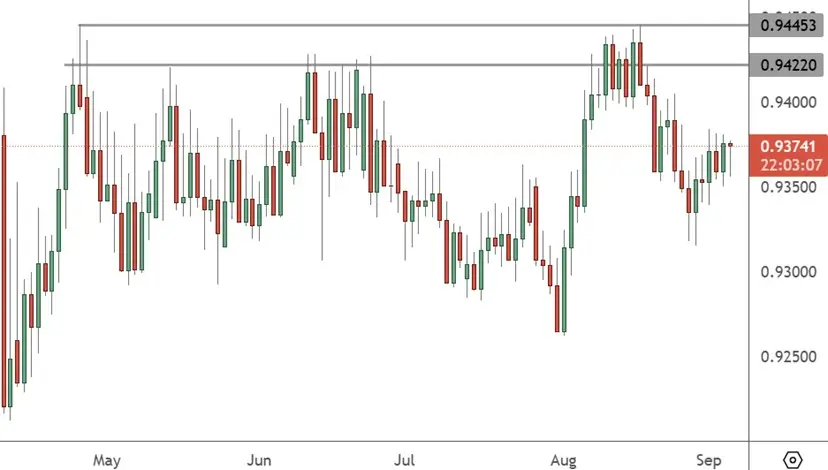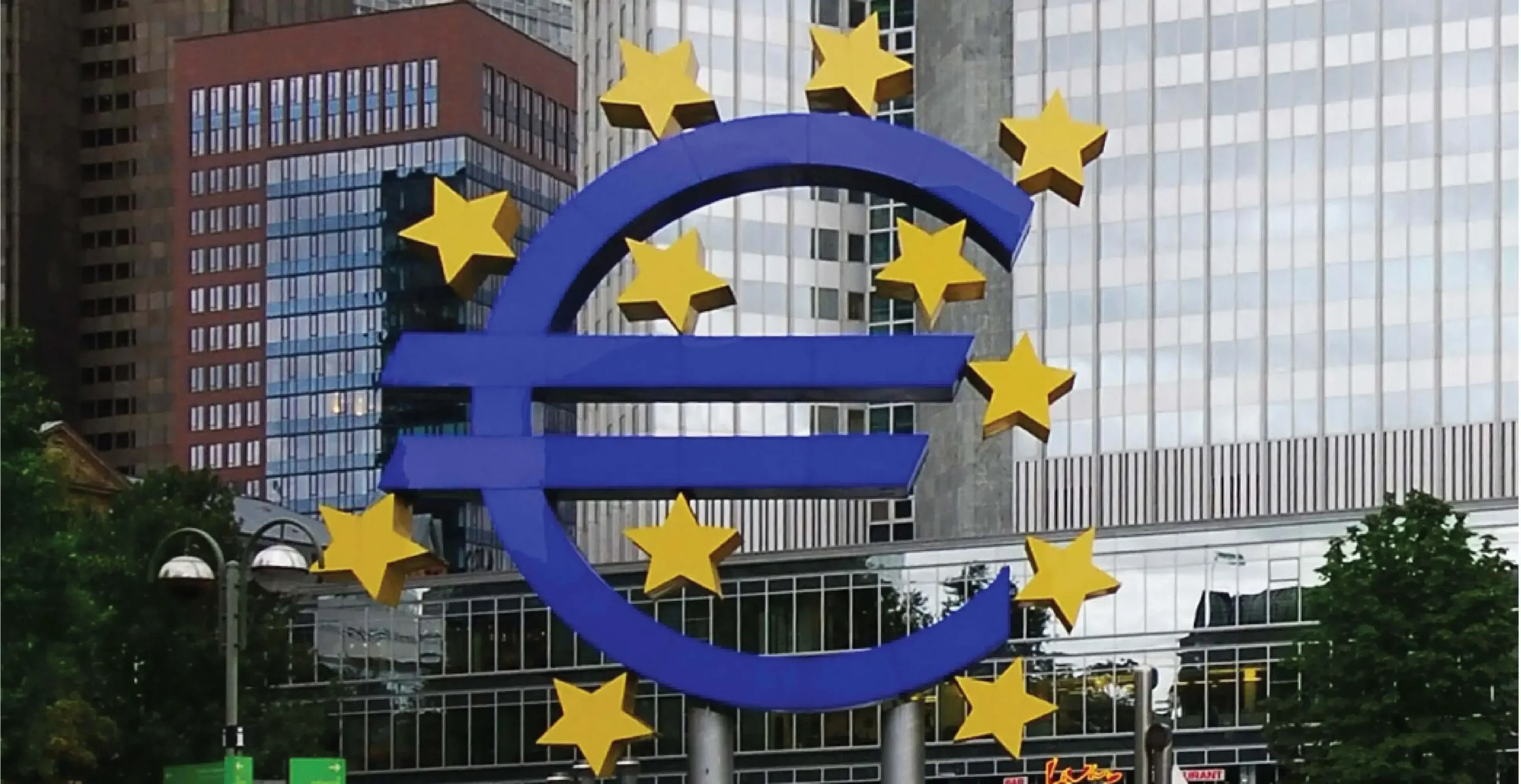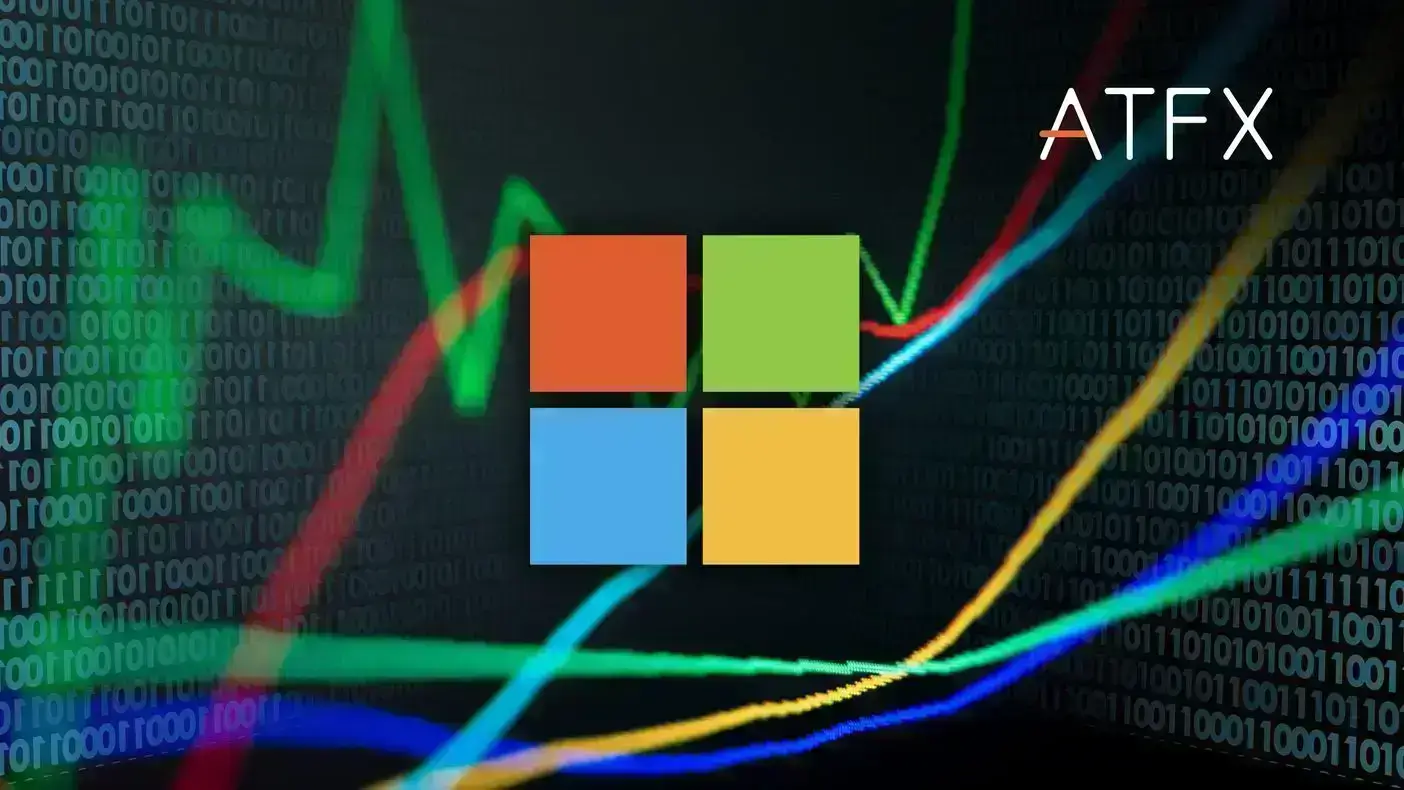The EURCHF exchange rate is expected to be influenced by Swiss consumer inflation and European retail sales data.

EURCHF – Daily Chart
The price of EURCHF has been trading in a range since the April bounce from the tariff lows. The target for the euro is around 0.9422-45. The downside would target the 0.9300 level.
Swiss consumer price inflation is scheduled to be released at 2:30 p.m. HKT, with analysts expecting a reading of 0.2%, in line with last month’s number. European retail sales are expected to follow at 5 pm, with economists anticipating a year-on-year decline from 3.1% to 2.4%.
The Swiss Franc has been under some pressure as the country’s economy struggles with tariffs from the United States. At 39%, the Swiss levy is one of the largest in the world and is affecting jobs, with companies looking to relocate or outsource some of their efforts.
Real GDP growth rose by just 0.1% for Q1 on an adjusted basis, according to the State Secretariat for Economic Affairs (Seco). That confirmed an earlier estimate published two weeks ago. According to the press release, industrial value and exports declined significantly. In contrast, the services sector has seen some “broad-based” growth.
Against the backdrop of the U.S. tariff threat, Seco’s economists are lowering their expectations for GDP. As a result of the higher US import tariffs, the Swiss economy is now expected to grow more slowly than previously expected, particularly in 2026. For the current year, Seco is predicting growth of 1.2%, while the GDP forecast for 2026 has been revised to 0.8%, down from 1.2%.
For the eurozone, retail’s share of consumer spending declined for the third consecutive year in 2024 to 32.6%, according to a new study from NIQ Geomarketing. Economic struggles in France and Germany have had a big effect on the overall data as consumers tighten their spending.


